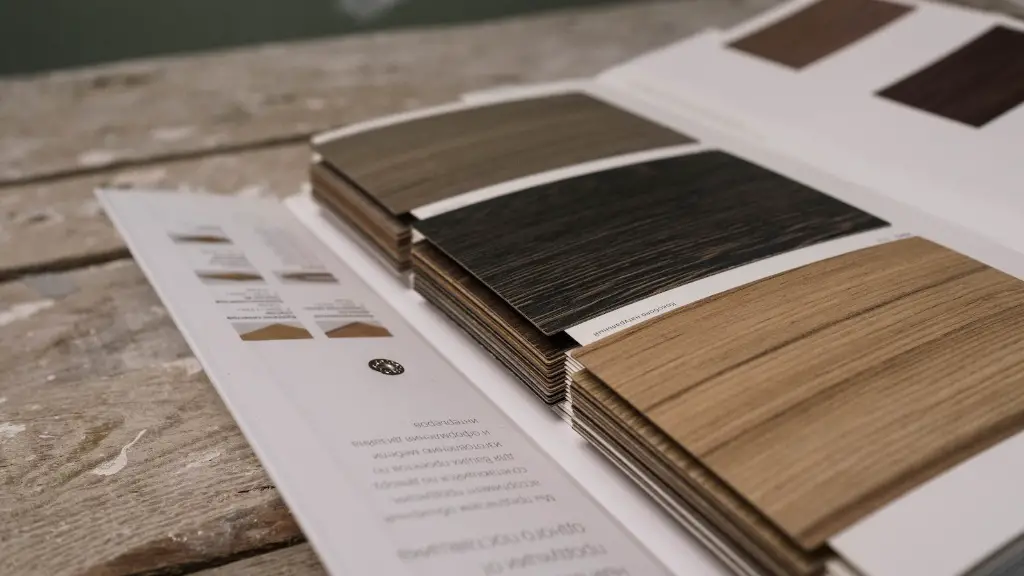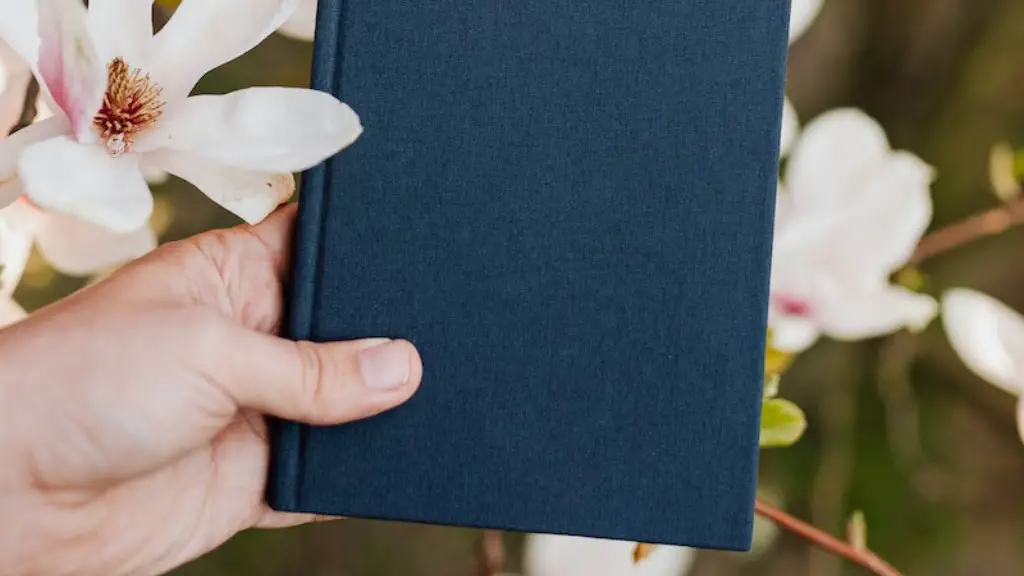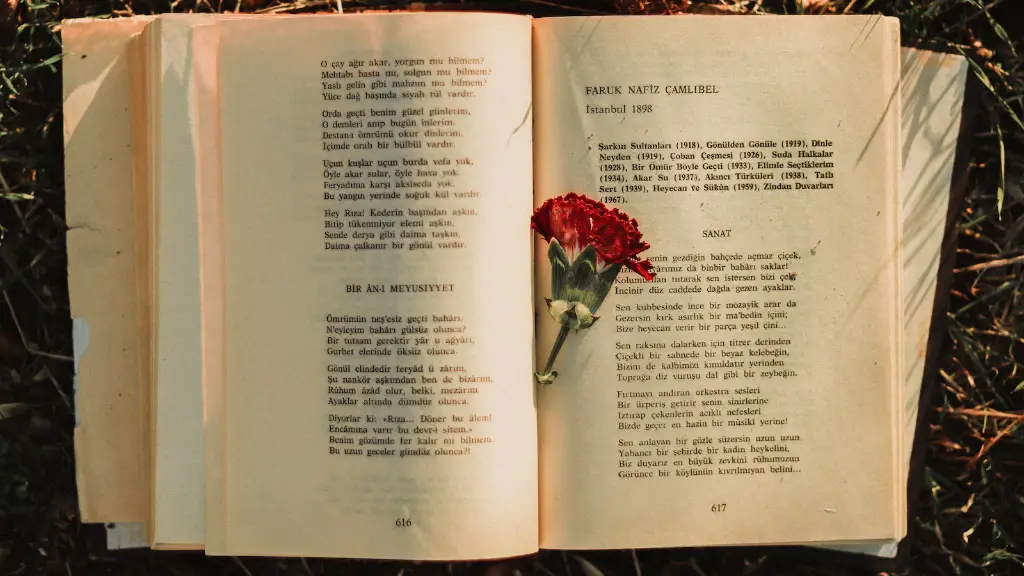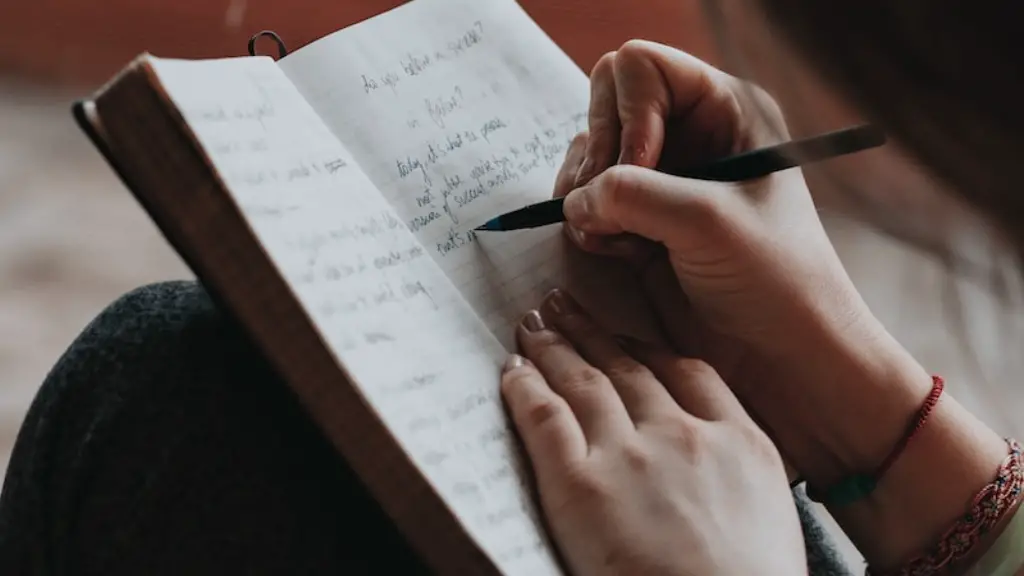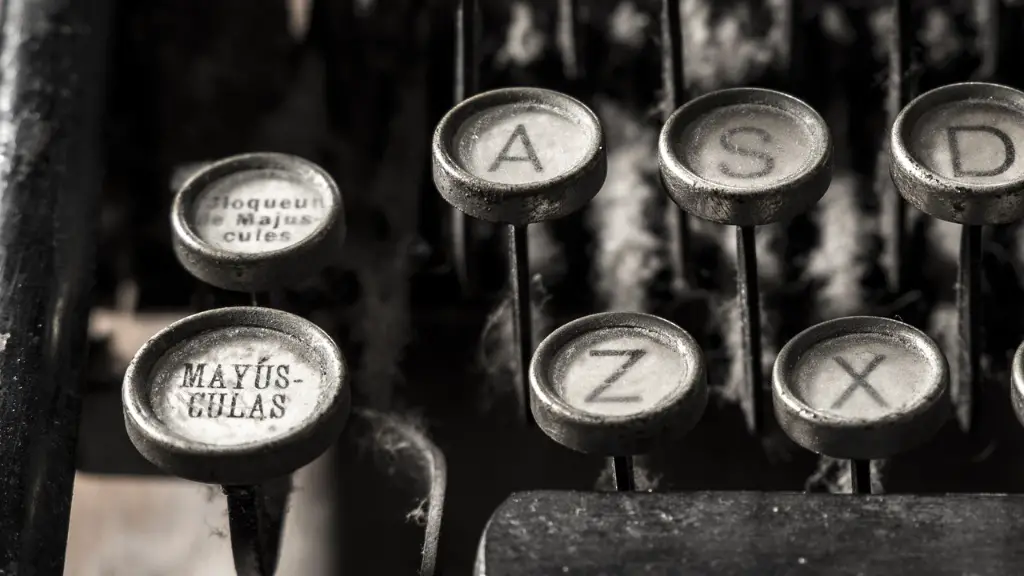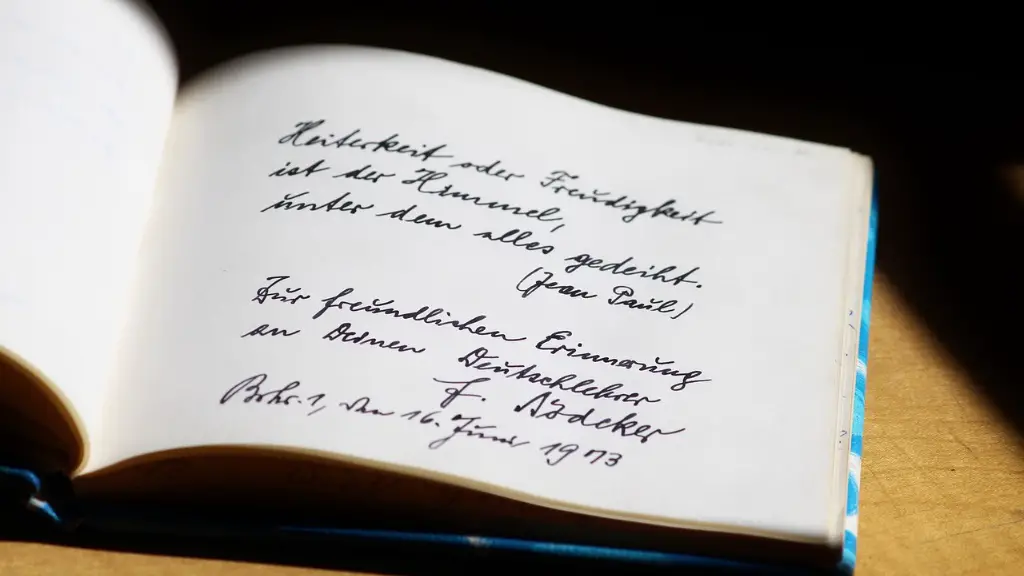History of Rhyme in Poetry
Rhyme has been heard by listeners since long before the time of Aristotle, who described the way that it created pleasure in poetry. It has been used to enhance the expressivity of poetry in multiple languages and cultures, and it has been used as a way to make stories more memorable. Ancient Greek, Roman, and Indian poets used many types of end rhyme. In the Middle Ages, the troubadours and trouvères composed poetry with intricate rhyme schemes. Through its continued use, rhyme has become a major part of poetry.
Poetry has always been connected to emotion. Rhyme has a unique ability to create an emotional bond between the poet and the listener. When words rhyme, listeners tend to perceive them as belonging to each other, and the thoughts that they contain seem to become more powerful. Because of this, rhymes can be used to evoke certain emotions, making poetry more meaningful and powerful.
Function of Rhyme in Poetry
Rhyme is used in poetry to structure and organize the poem and to emphasize certain words. It has the ability to add rhythm and meter to a poem, making it easier to remember. Rhyme can also give words more meaning and add emphasis to important words and concepts. Rhyme can be used to help deliver a message or to emphasize a point. It can give a poem a sense of completeness or help the poem to flow more smoothly.
Rhyme is used to create a pleasing and satisfying sound. Rhyme can often be used to create a pleasant sound or rhythm in a poem. By using rhyme, poets can evoke certain feelings or emotions in their readers. Rhymes can make a poem more effective by drawing attention to certain words or phrases and helping the listener to remember the poem.
Rhyme is also used to create a sense of unity in a poem. Many modern poets experiment with different rhyme schemes to create a more unified feel. By using the same sounds throughout a poem, poets can help to create a sense of harmony and unity. This can help to give a poem a more unified feel, while also making it more memorable.
Different Types of Rhyme in Poetry
Rhyme can take many forms in poetry and can be used in different types of poems. End rhyme is the most common type of rhyme and involves using similar sounds at the end of two or more lines. Internal rhyme is when the rhyming sounds are used within a line or two of each other. Also, many poets use half rhyme where the words are similar but not exactly the same. Additionally, assonance, consonance, and alliteration are also used to create sound patterns.
The type of rhyme used in a poem often depends on the context and the purpose of the poem. End rhyme is often used to create structure or to emphasize certain words. Internal rhyme is often used to give the poem a more lyrical or musical feel. Half rhyme can be used to link two ideas together. Additionally, assonance and consonance are often used to evoke certain feelings, while alliteration is often used to create a more playful or humorous effect.
Examples of Rhyme in Poetry
One of the best-known examples of rhyme in poetry is in William Wordsworth’s poem “The Daffodils”. In this poem he uses end rhyme to create a strong and memorable structure. Additionally, it is filled with alliteration, assonance, and internal rhyme which helps to give the poem a more lyrical feel. For example, the lines “And then my heart with pleasure fills, And dances with the daffodils” use both end and internal rhyme to emphasize the connection between pleasure and dancing.
Another example of rhyme in poetry is in Robert Frost’s “Stopping by Woods on a Snowy Evening”. This poem is full of end rhyme which helps to give it a structure and a rhythm. Additionally, the use of half rhyme helps to create a more unified feel. For example, the lines “The darkest evening of the year; He gives his harness bells a shake To ask if there is some mistake” use half rhymes to emphasize the connection between the darkness and the mistaking of the bells.
Modern Uses of Rhyme in Poetry
Rhyme continues to be used in modern poetry, and many poets experiment with different rhyme schemes. It is a common technique used by poets as a way to make their poems more memorable and to evoke certain emotions. Rhyme is often used to create a pleasing and satisfying sound, as well as to give the poem a sense of unity. Additionally, rhyme can be used to add structure and emphasize certain words in a poem.
Many modern poets use rhyme to experiment with different forms of poetry. For example, it is often used in rap and spoken word poetry to create an intricate rhythm and flow. Additionally, rhyme is often used to create structures in narrative or sonnet poems. By using rhyme, poets can give their poems a sense of completeness, making them more powerful and effective.
The Impact of Rhyme on Poetry
Rhyme has had a big impact on the world of poetry. It has been used for centuries to enhance the expressivity of poems and to make stories more memorable. Rhyme has the ability to create an emotional bond between the poet and the listener, as well as to evoke certain feelings and emotions. Additionally, rhyme can be used to add structure and rhythm to a poem, making it easier to remember.
Rhyme continues to be used in modern poetry as a way to create a more unified and satisfying sound. By experimenting with different types of rhyme, poets can give their poems a more lyrical feel. Rhyme has become an essential tool for poets as a way to create more effective and powerful poems.
Rhyme in Poetry Today
Rhyme continues to be used by poets today as a way to add structure, rhythm, and emphasis to their poems. Many poets use rhyme to create more unified and lyrical poems. Additionally, rhyme is a powerful tool that can help to evoke certain emotions and make a poem more effective. It is an essential technique that can help poets to create more powerful and memorable poems.
Rhyme is also used in many different styles of poetry, from traditional forms to modern styles. It can be used to create an intricate rhythm and flow in rap and spoken word poetry, as well as to create a sense of unity and completeness in narrative or sonnet forms. By using rhyme, poets can create more powerful and effective poems.
The Importance of Rhyme in Poetry
Rhyme is an essential tool for poets as a way to give their poems structure and create more effective and powerful poems. Its unique ability to evoke certain emotions and create an emotional bond between the poet and listener makes it an invaluable tool. Rhyme can also help to make a poem more memorable, which makes it a powerful tool for poets.
By experimenting with different types of rhyme, poets can create more unified and satisfying sounds. Rhyme is often used to add emphasize certain words or concepts and can give a poem a sense of completeness. Additionally, rhyme can be used to evoke certain emotions or create a sense of unity in a poem. Rhyme is an essential tool for poets and has been used for centuries to make poems more powerful.
The Influence of Rhyme in Poetry
Rhyme has had a strong influence on the world of poetry. It is a powerful tool that has been used for centuries to make poems more powerful and memorable. Rhyme has the unique ability to create an emotional bond between the poet and the listener, as well as to evoke certain emotions. Additionally, it can be used to add structure and rhythm to a poem, making it easier to remember.
The influence of rhyme can be seen in many types of poetry. Rhyme is often used in traditional poetry styles such as sonnets and narratives, as well as in modern styles such as rap. By using rhyme, poets can create more unified and satisfying sounds. Additionally, rhyme can be used to emphasize certain words or concepts, making them more powerful.
Conclusion
Rhyme is an essential tool for poets and has been used for centuries to create more powerful and effective poems. Its unique ability to create an emotional bond between the poet and the listener and to evoke certain emotions has a strong influence on the world of poetry. Rhyme can be used to add structure and rhythm to a poem, making it easier to remember. Additionally, it can be used to create a more unified and satisfying sound. Rhyme is an invaluable tool for poets and can help to make their poems more powerful and memorable.
